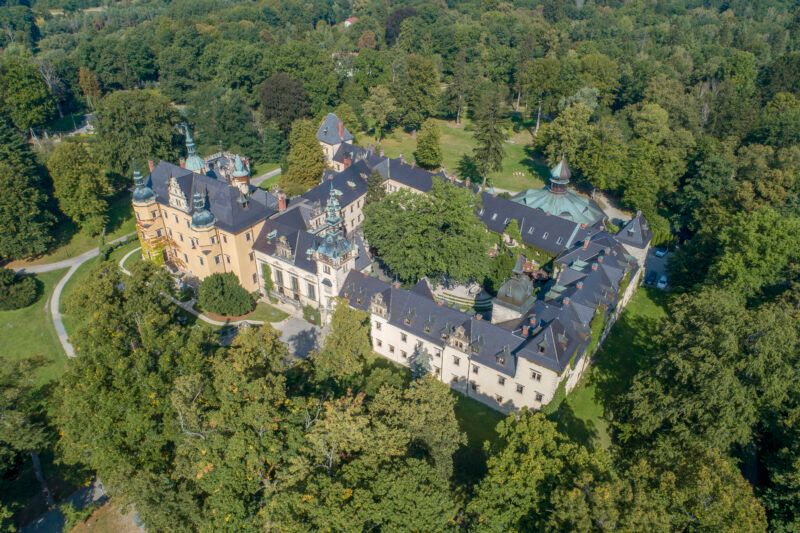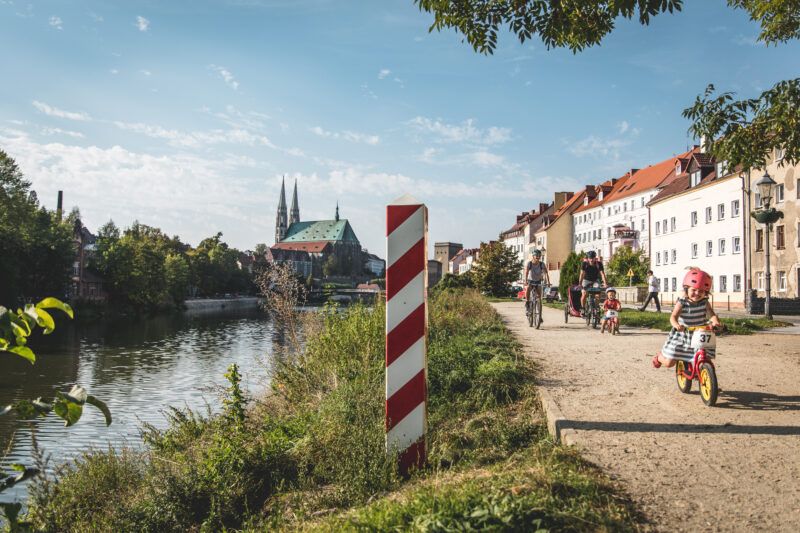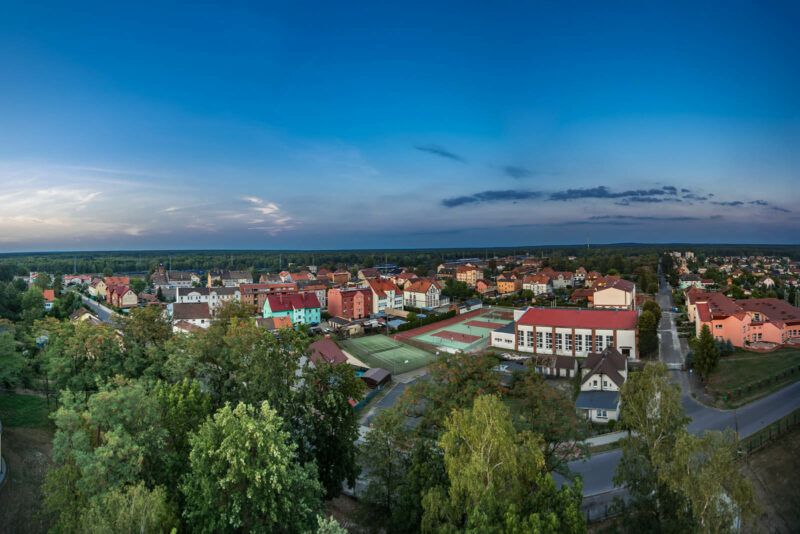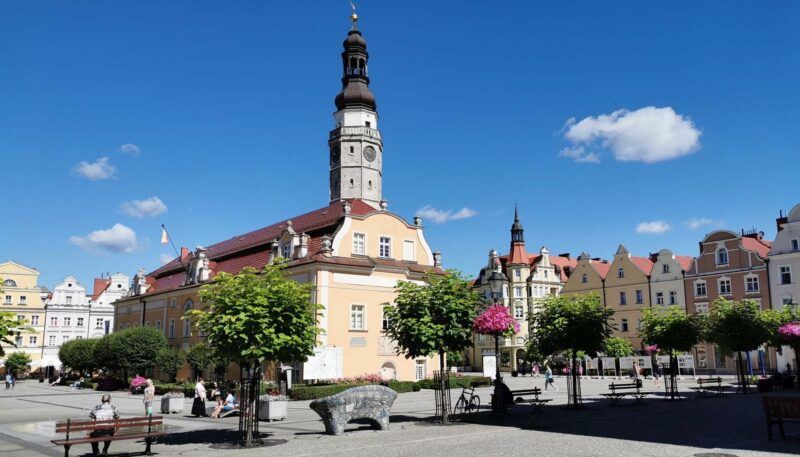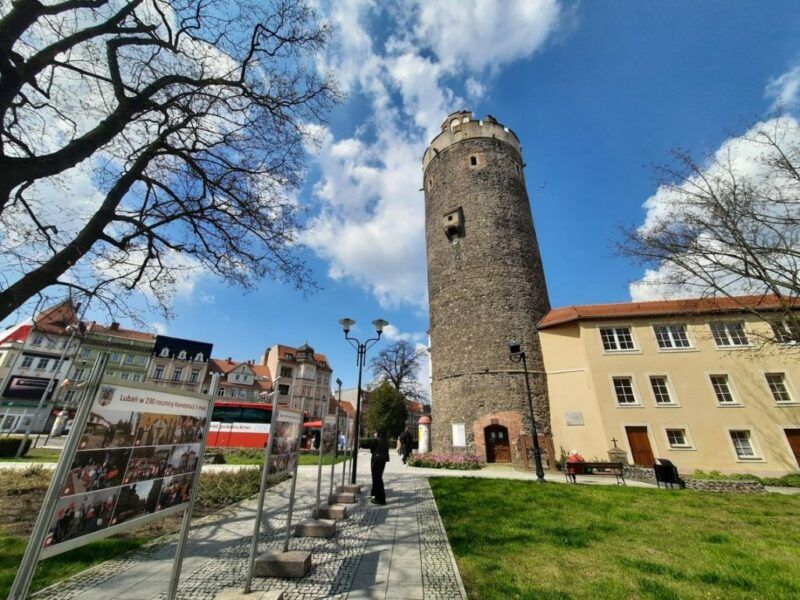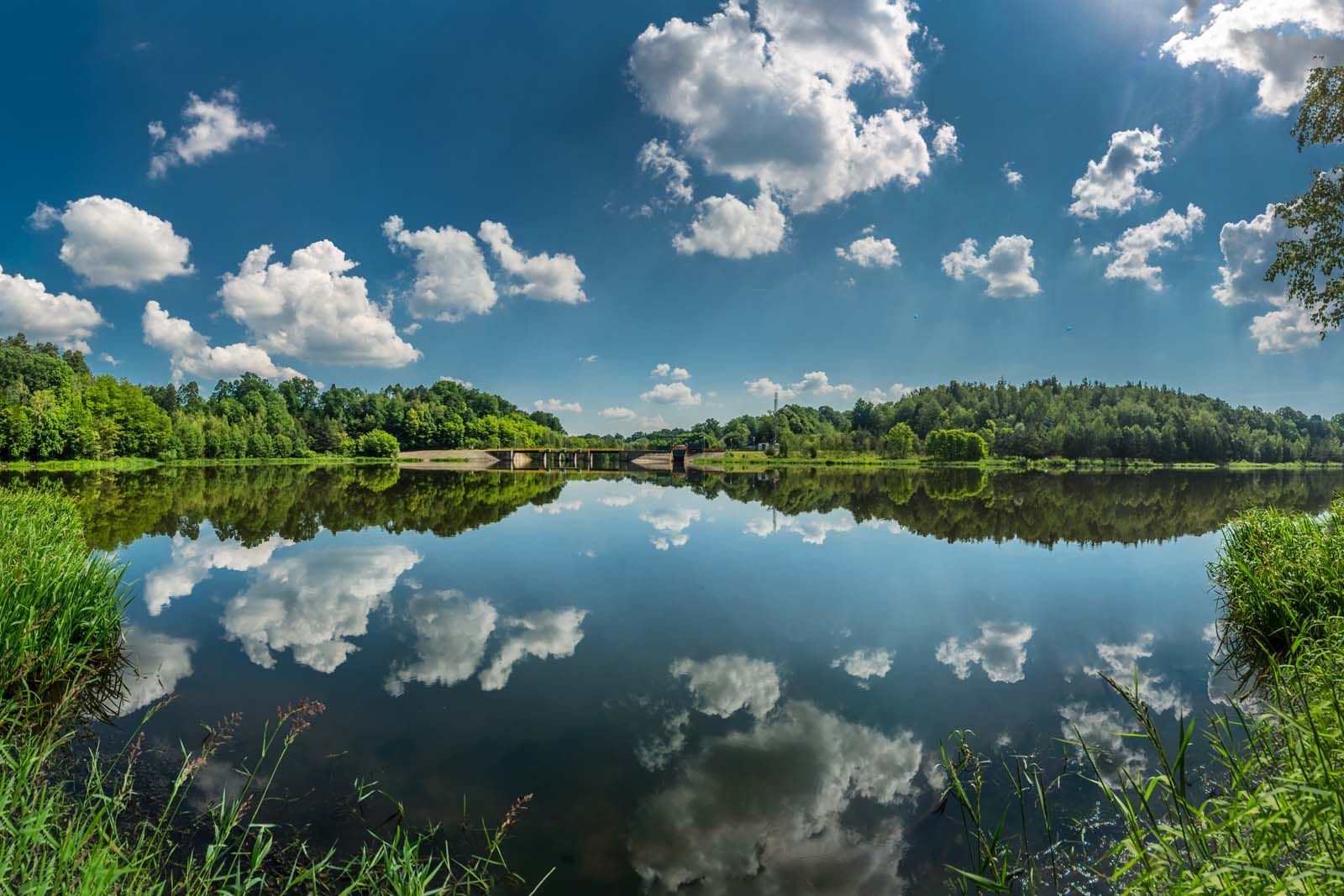
The Lower Silesian Forests are wild, rich in flora and fauna, and above all beautiful and picturesque, especially at sunrise, when its rays pierce the rising fog, creating an amazing luminous spectacle.
Description
If someone asked you which forest complex in Poland is the largest, the most common answers would probably be Białowieża Forest, Augustów Forest, or Noteć Forest. A miss! Because the largest, located in two voivodeships – Lower Silesia and Lubusz – is the incredible and yet little-known Lower Silesian Forest.
The dominant species in the Lower Silesian Forests is pine, but there are also numerous varieties of oak, beech and other deciduous trees. The flat landscape is diversified by hills, the highest of which is Czartowska Góra with an altitude of 247 meters above sea level (Węgliniec municipality), meandering river valleys (including those of the Nysa Luzycka, Kwisa and Bober rivers), cut-off oxbow lakes and numerous mid-forest ponds. There are also small deserts (Kozowska and Strachowska), inland dunes, and peat bogs in the depressions of the area.
Bory Dolnośląskie znane są z wielkiej obfitości grzybów i jagód oraz licznych produktów regionalnych, z których najsłynniejszy jest miód wrzosowy. Dzięki dużej powierzchni niezamieszkanych przez człowieka ostępów, spotkać można wiele gatunków ptaków drapieżnych (bielik, jastrząb, kania czarna) i dużych ssaków (jeleń, sarna, dzik). Coraz częściej zapuszczają się tu również wilki.
Gallery
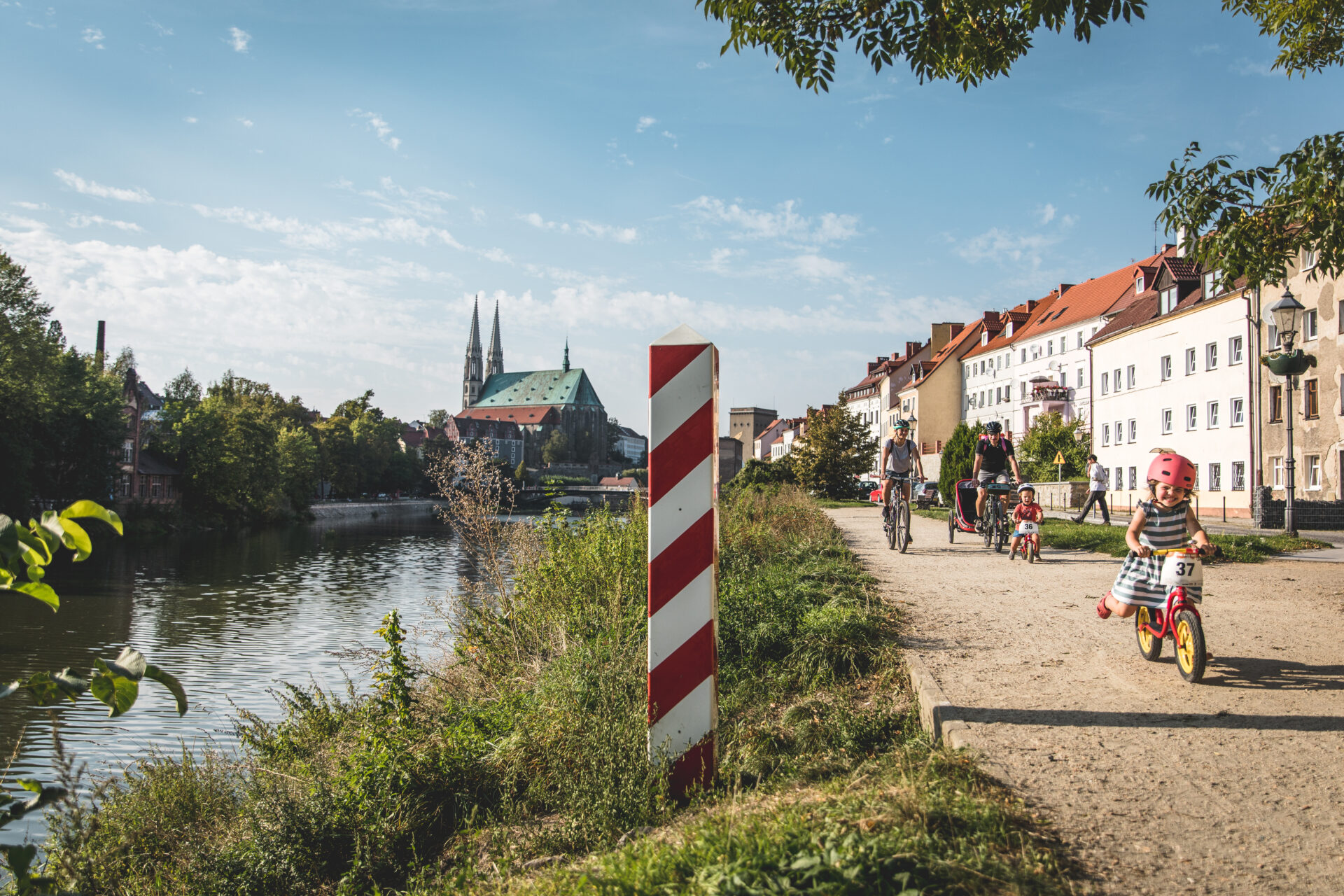
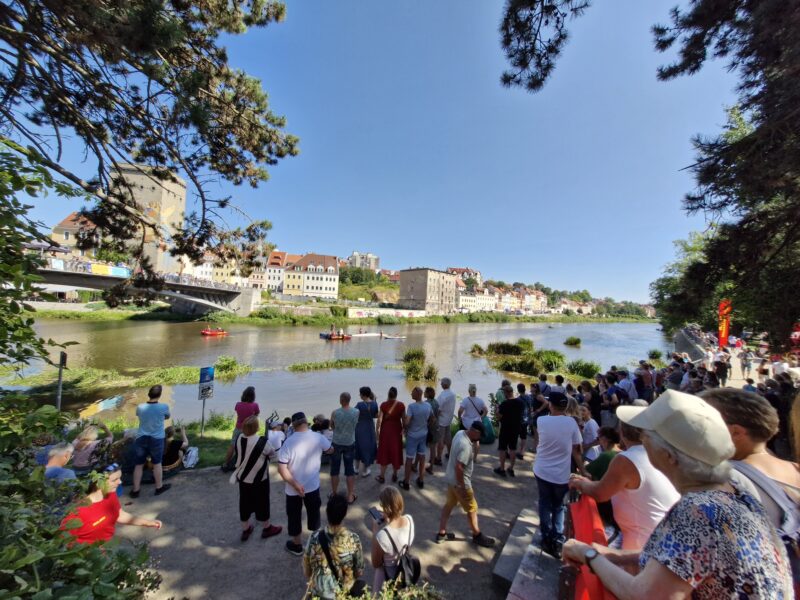 11
11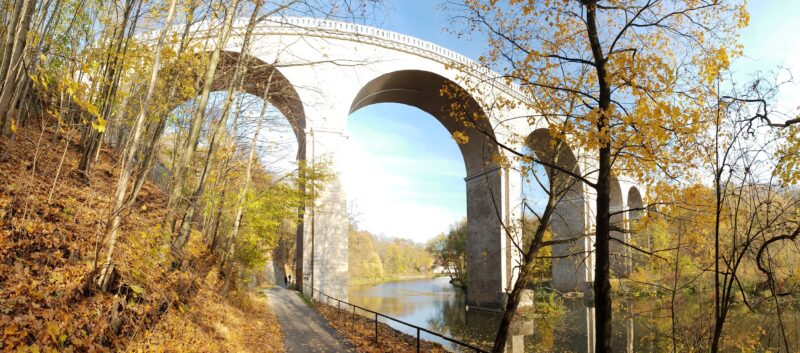
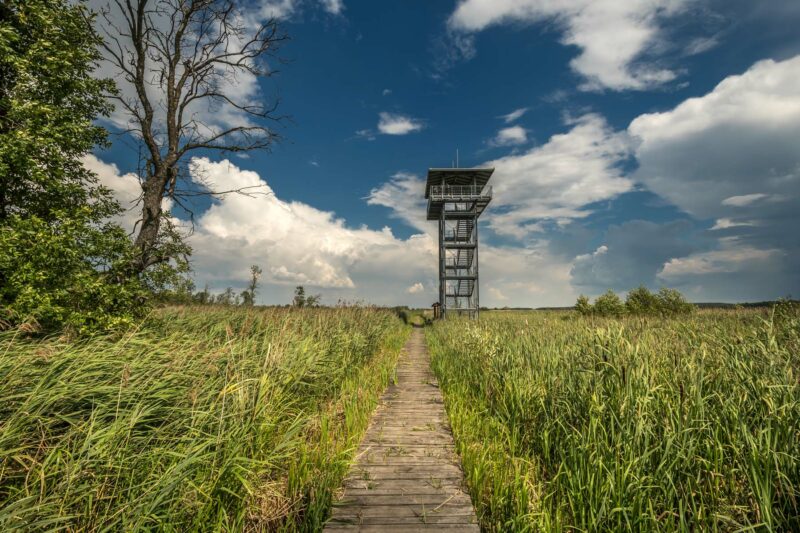 11
11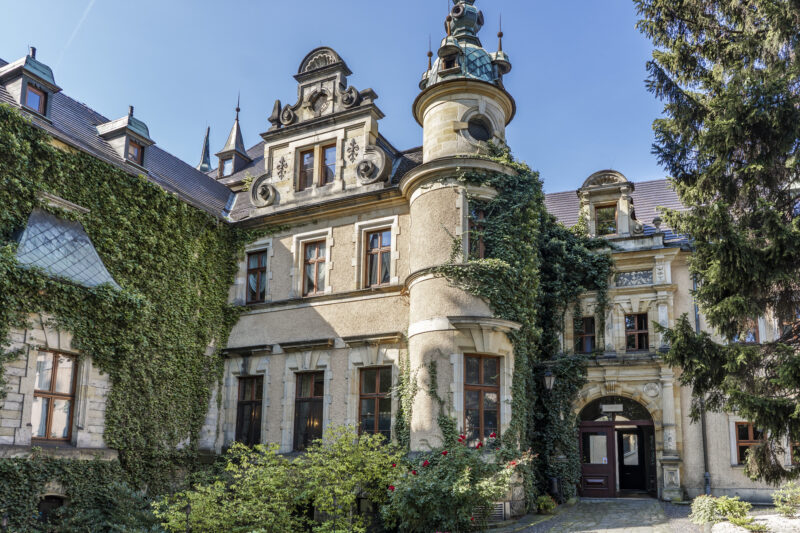
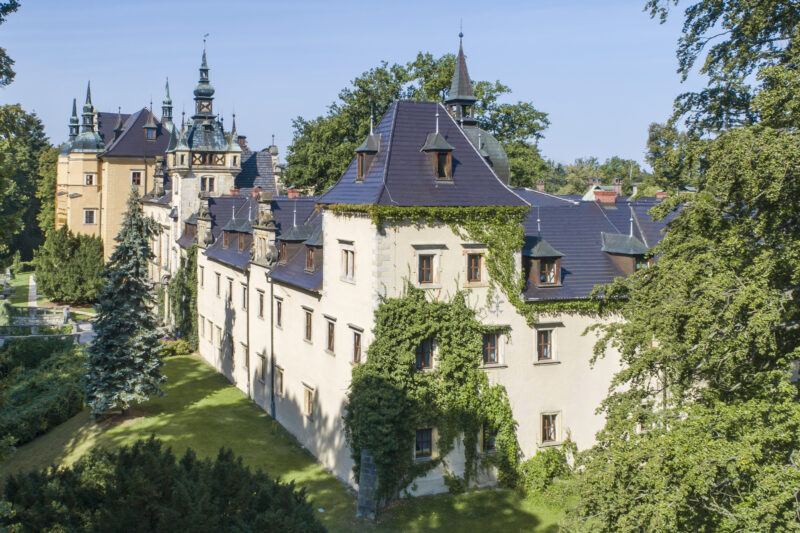

Discover the area
The forests are a zone of centuries-long interpenetration of Lusatian and Silesian cultures, a material expression of which is found in architectural and construction objects. Here, we find both prehistoric strongholds and structures in almost every style: magnificent castles, simple rural farmsteads, structures reflecting historical industrial activity, and historic technical structures. The most important of these can be admired in Bolesławiec, Kliczków, and Zgorzelec.

